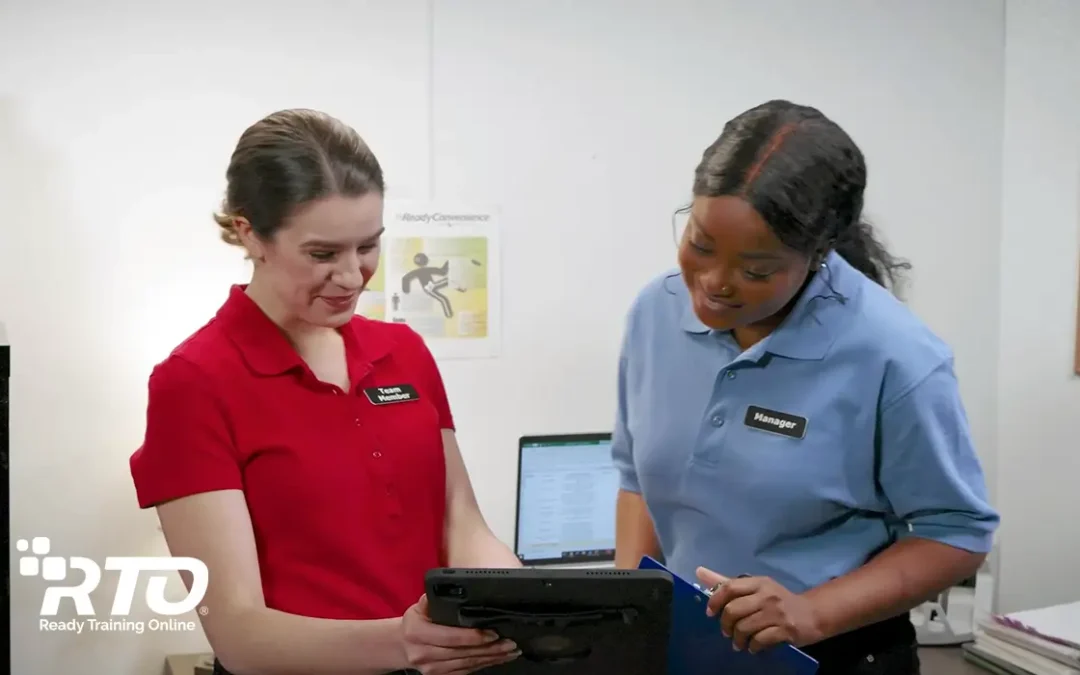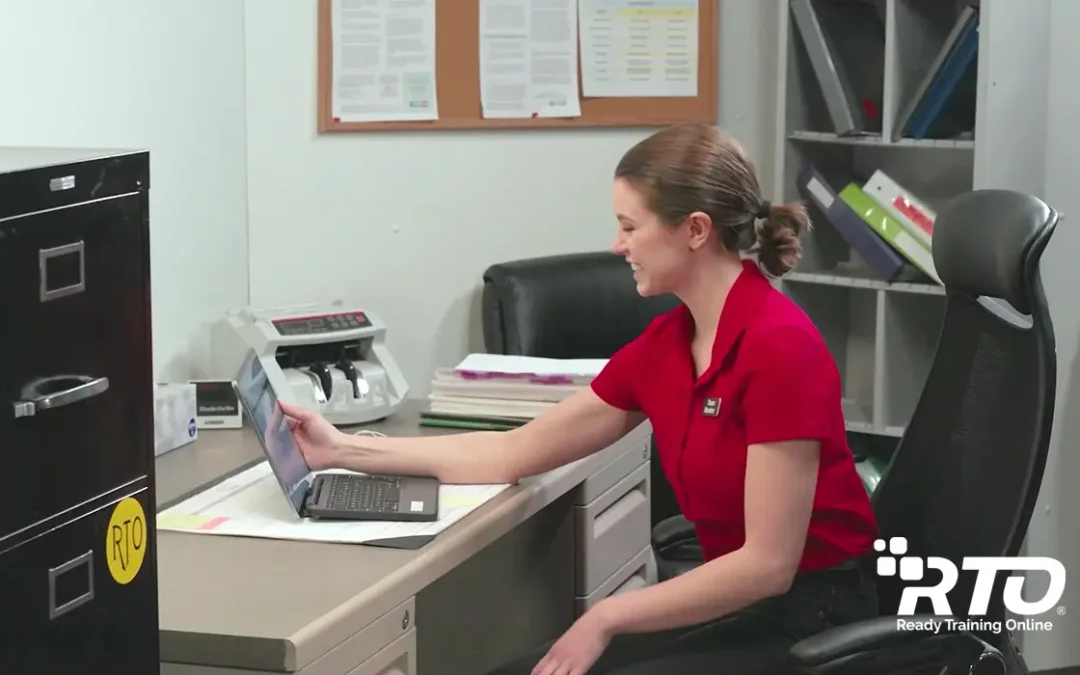Scientist Linus Pauling once said, “The best way to have a good idea is to have lots of ideas.” Your business might not be about to change the world of quantum mechanics, but the ideas you come up with could be just as influential to your overall success. Brainstorming with your team can help you solve problems, reach your goals, and improve employee morale. Consider these dos and don’ts:
Brainstorming Dos
- Do set goals for your brainstorming session. Start by filling in the rest of this sentence: “When we leave this room, we will…” Everyone should know your goals before they even walk into the meeting.
- Do have a facilitator and a note-taker, but choose carefully. It’s very challenging to lead or document a meeting while participating in it. A facilitator’s role is to define the session’s goals, encourage widespread participation, and manage tangents. The note-taker’s role is to document action items. Consider bringing in people from other departments or even outside the organization to fill these roles.
- Do be prepared. If you’re the one organizing the meeting, your preparation will make or break its success. While the idea of brainstorming is to throw out a lot of ideas, you and your team should come prepared with a good understanding of the session’s goals and some general thoughts on the topic.
- Do make it fun. Great ideas rarely come from a room full of sleepy and uninspired people. Use icebreakers, toys, props, and music to keep people on their toes and engaged.
Brainstorming Don’ts
- Don’t let one or two people control the conversation. Certain personality types can easily dominate a brainstorming session, leaving the good ideas of more introverted team members out of the discussion. If this happens, consider going to a round-robin approach where everyone must contribute something.
- Don’t ignore the clock. Set a time limit for the meeting from the get-go, and stick to it. The facilitator should be the official clock watcher, keeping an eye on progress toward the goal in relation to the time allotted for the meeting. The session should have a relaxed pace with a subtle sense of urgency.
- Don’t expect the perfect idea to emerge. The concept of a brainstorming session is to encourage people to participate freely and without judgement. When anything goes, there may be a lot that doesn’t work. That’s okay. Center your goals around identifying a range of possible solutions or ideas that can be refined by a smaller group later.
- Don’t forget to clean up after the storm. In addition to producing some ideas that can be taken to the next level, a brainstorming session will often uncover issues or produce ideas about unrelated topics. Keep track of those, and follow through as necessary.
Brainstorming is not the solution for every challenge you face as a company, but when used in the right context, it can be the difference between forging ahead and getting left behind.
Get More Leadership Tips
The Leadership section of our article archives is dedicated to helping you be a more effective leader. Check it out!





